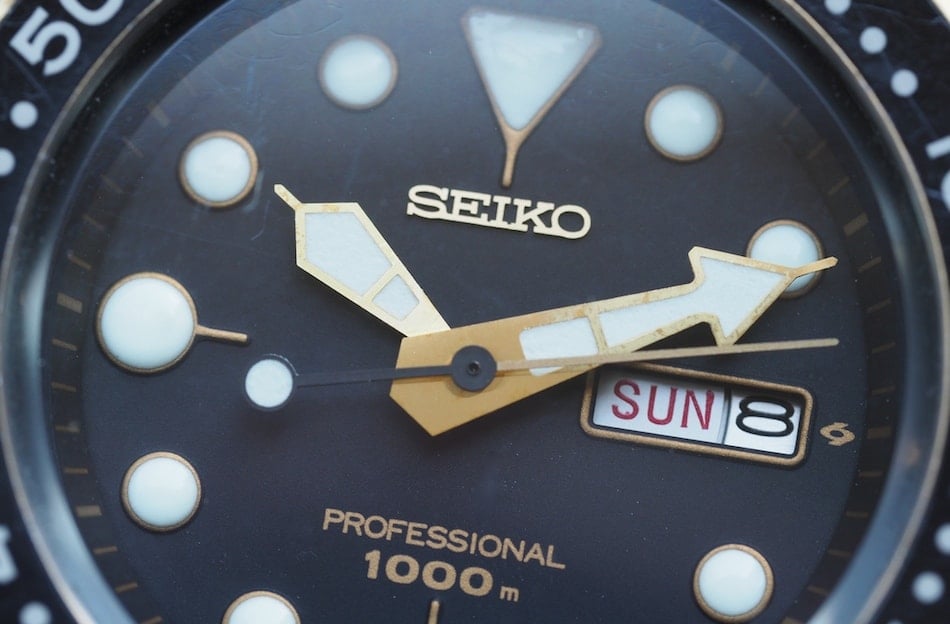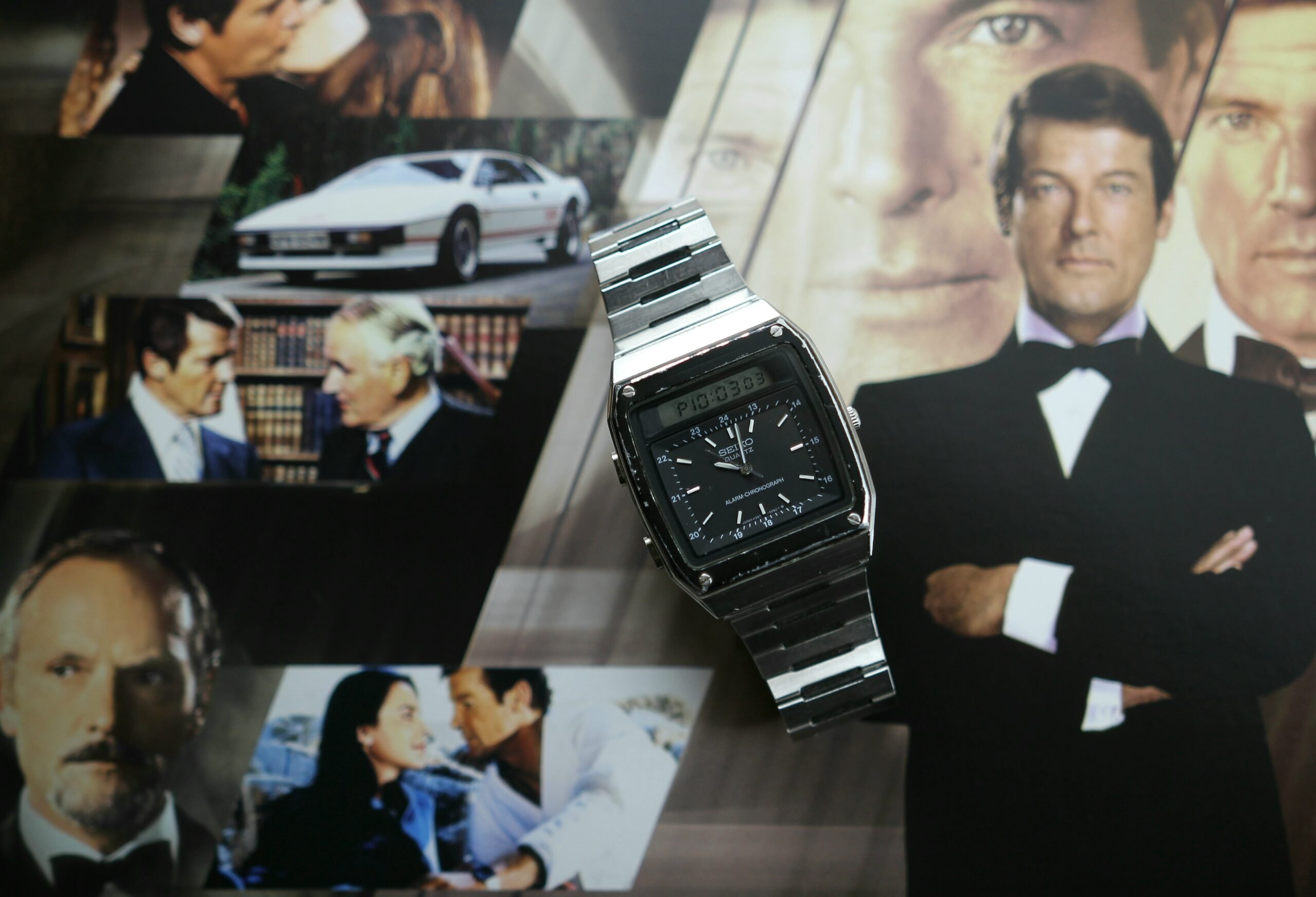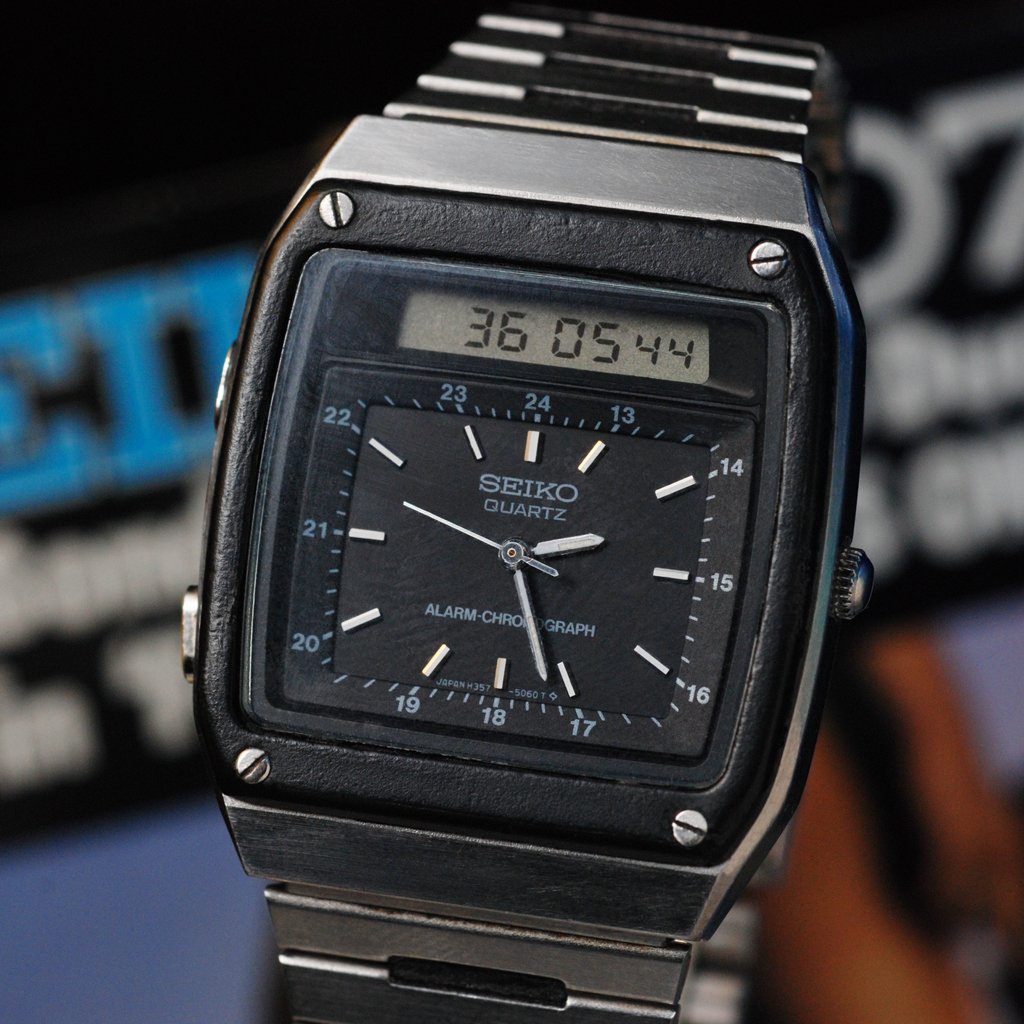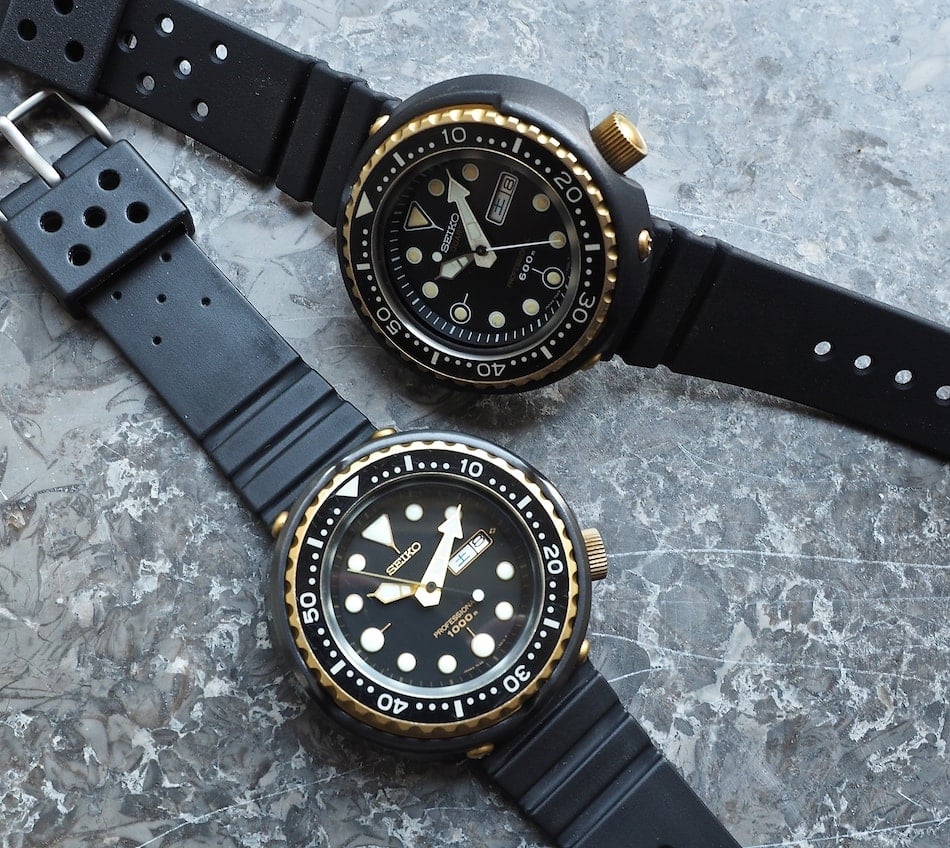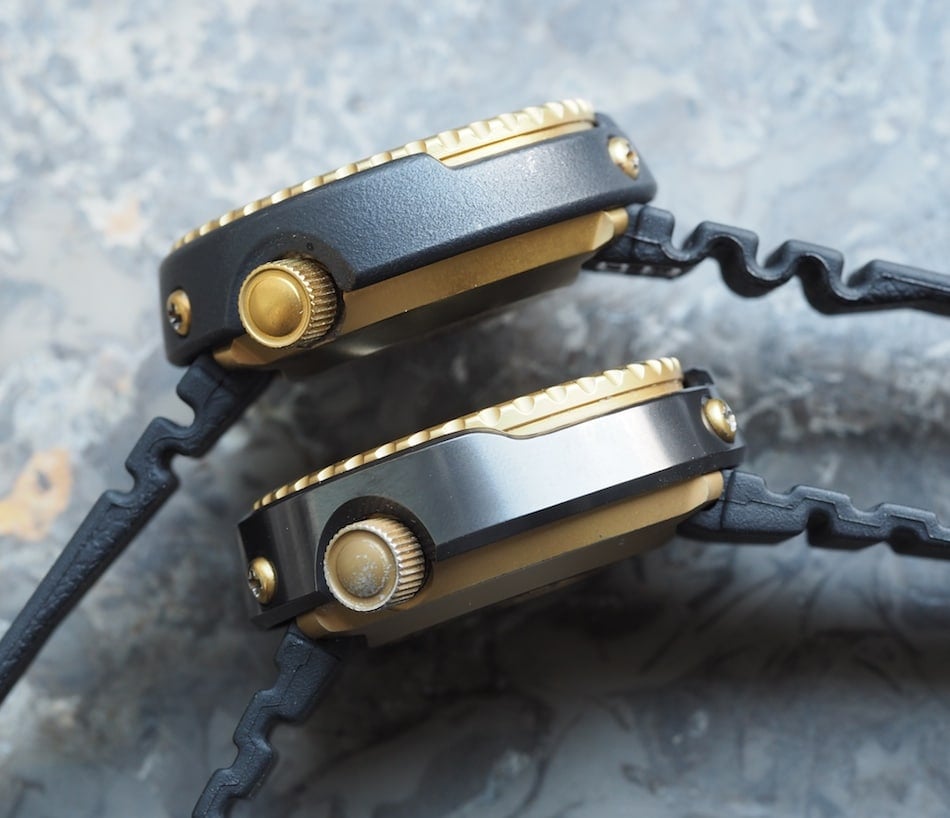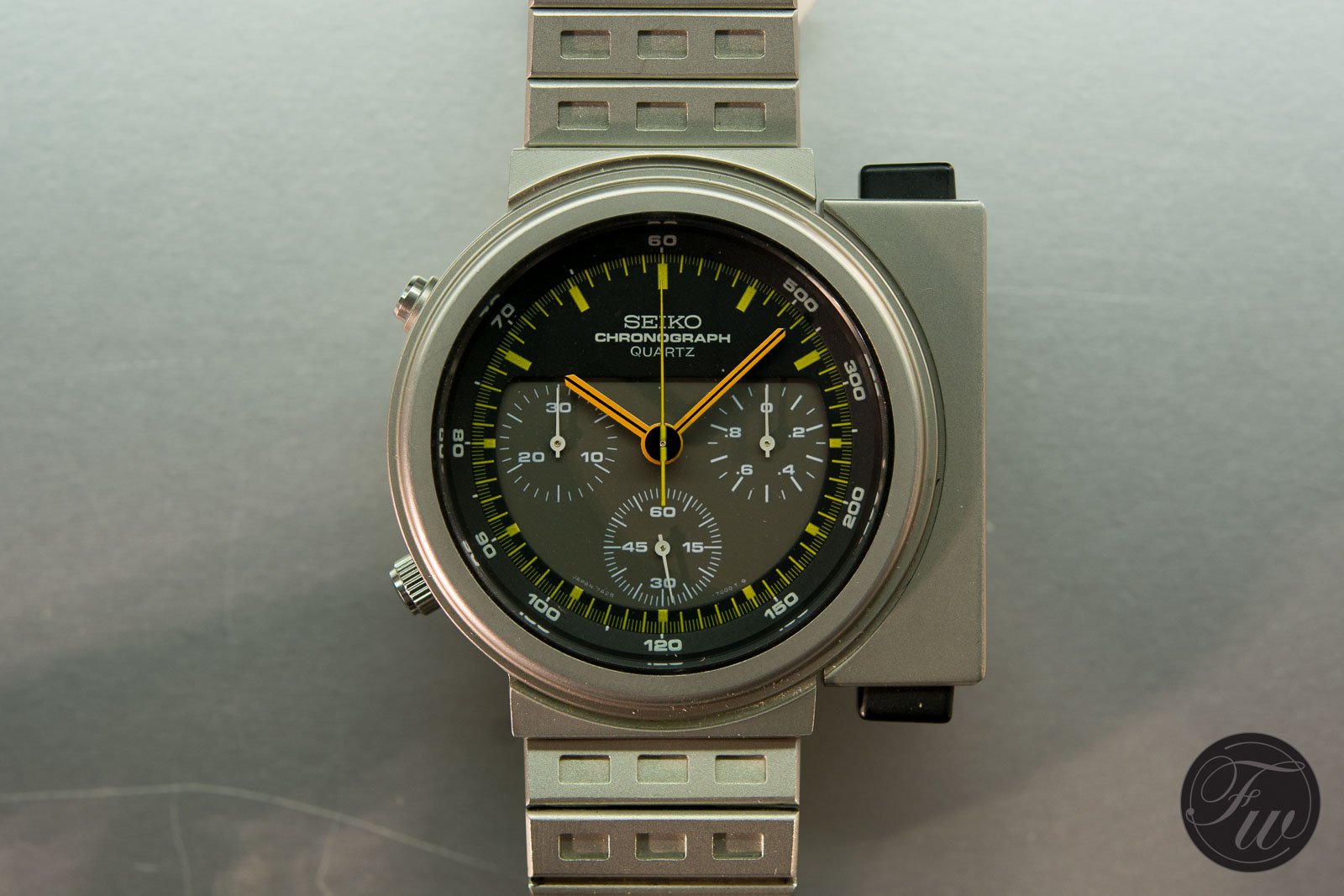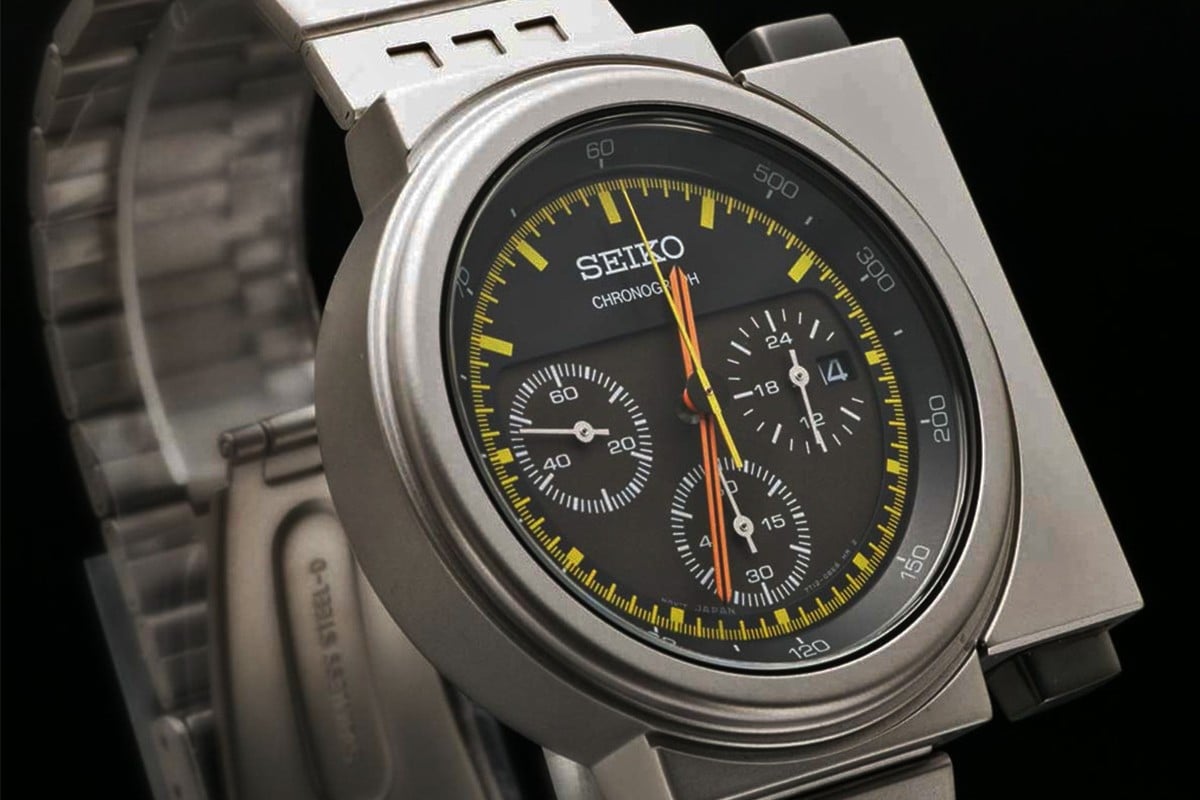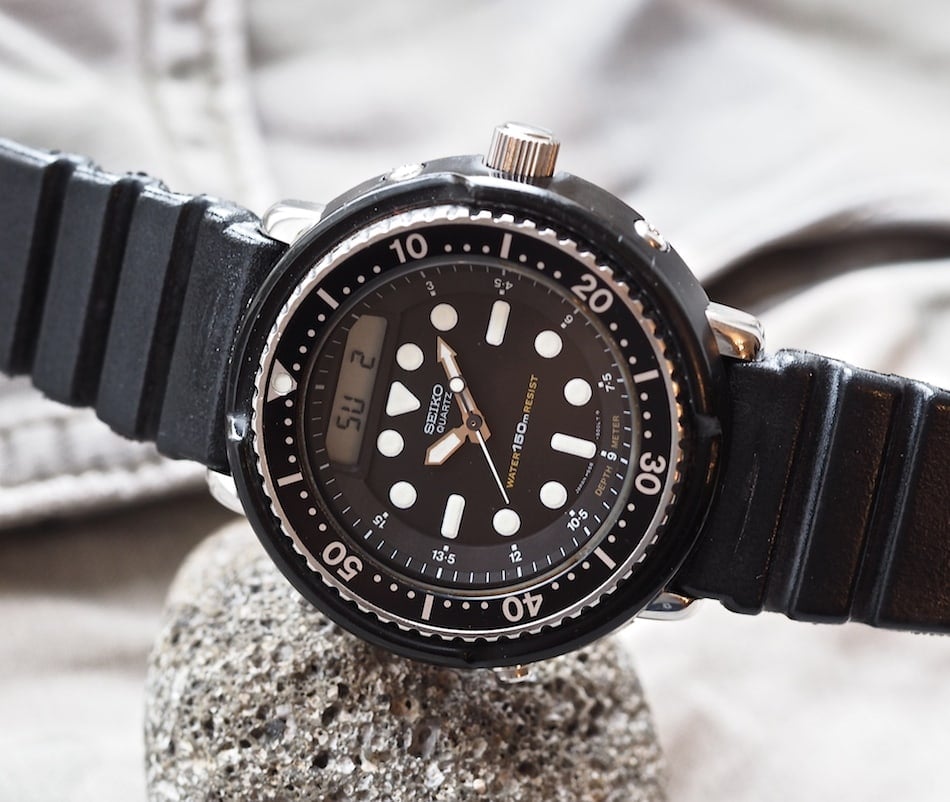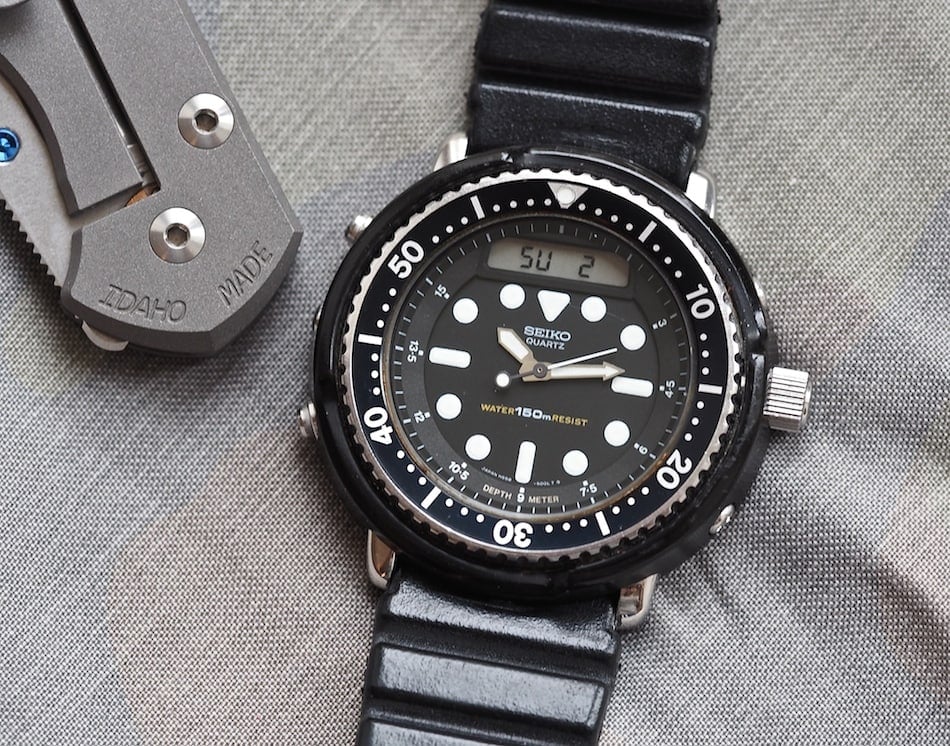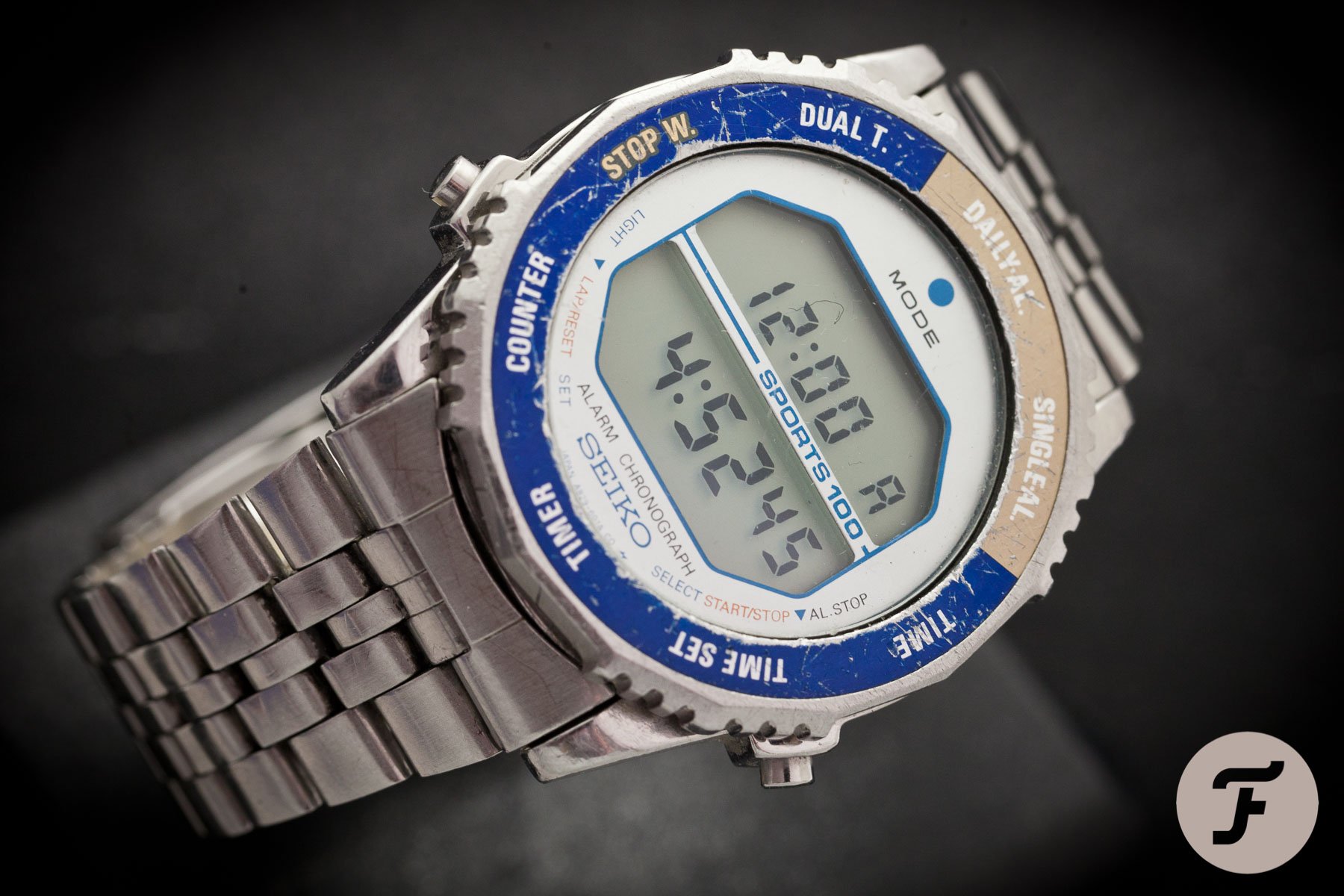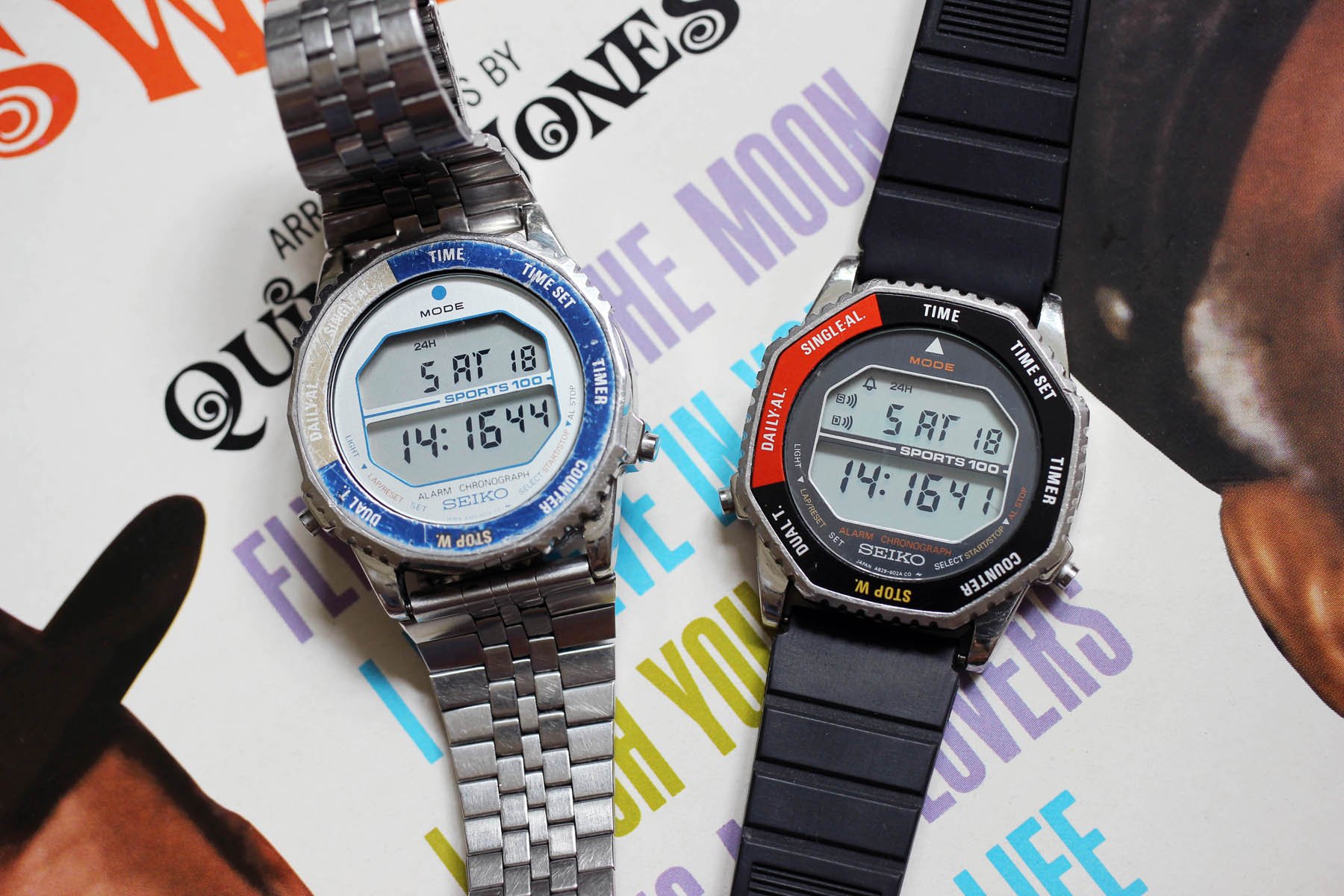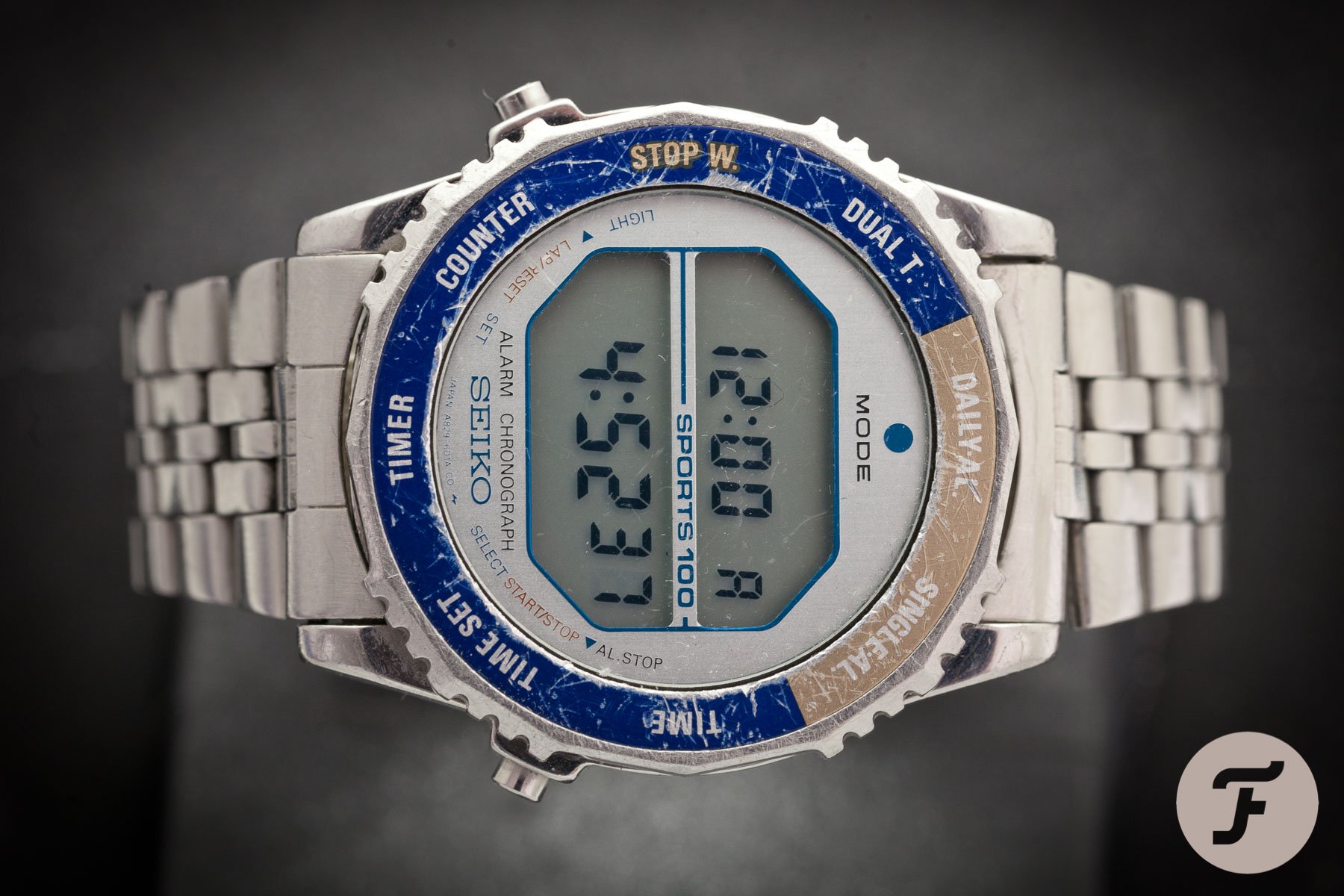Buying Guide: The Best Seiko Watches From The 1980s
We like to talk about vintage watches a lot within the Fratello team. While the daily routine is largely focused on the most recent developments in the world of watches, the most fun for many of us lies in the sometimes weird and often wonderful world of vintage watches. It’s a world full of history, remarkable watches, incredible stories, and quirky details. It inspired us to come up with a series of articles focusing on the best watches per decade from a select group of brands. Some of them are priceless, some of them still affordable. In this installment, we will take a look at the best Seiko watches from the 1980s.
While the 1970s were a decade filled with tremendous change in the watch industry, the 1980s showed the fruits of that change. When Seiko started the quartz revolution, most Swiss brands never predicted the enormous long-term effects it would have on the industry. This is also why a lot of Swiss brands ended up in trouble often with disastrous results. In the 1980s, quartz was king, and you will see that reflected in some of this week’s picks.
…there are plenty of good things to discover if you are looking for a vintage piece from the 1980s.
When it comes to style and design, the eighties were a special time. Often perceived as a decade with a distinct lack of style or rather an abundance of tacky design, the ’80s were often frowned upon. But, over time, and with the benefit of hindsight, we have seen an increasing appreciation for some of the more unique watches from this era. So as you might imagine, there are plenty of good things to discover if you are looking for a vintage piece from the 1980s.
Seiko in the 1980s
Seiko was the king of the 1980s. Besides kickstarting a revolution in watch technology with the release of their Seiko Astron in 1969, the brand also became a cultural phenomenon. Seiko watches started popping up on the wrists of celebrities both on and off the silver screen. As we will find out, quite a few of the legendary Seiko models from the eighties are directly tied to iconic movies, characters, and celebrities of that time.
…Seiko still managed to dominate the decade…
But this rise in popularity did not keep Seiko from pushing the boundaries of what was possible in both technique and design. The initial mission that led to the introduction of quartz watches was to develop the most accurate wristwatch possible. But in the 1980s, the public image of quartz watches changed completely. Cheaper manufacturing of parts, automated assembly lines, and production moving to China made quartz watches a lot less costly to produce and offer at lower prices. As a result, quartz watches slowly became regarded as a cheap and disposable product. It’s not something that Seiko had intended with the introduction of quartz. But despite this change in public perception, Seiko still managed to dominate the decade both in technological advancement and design solutions, it was definitely the most talked-about brand of the decade. Finding five remarkable Seiko watches from the 1980s was easy!
The entry-point — Seiko H357-5040
The first pick is one of several Bond watches seen on the wrist of Sir Roger Moore. The English actor first wore a Seiko in 1977’s The Spy Who Loved Me. You could certainly be forgiven for questioning whether Seiko watches on the wrist of a British gentleman is the logical choice. But these innovative Seiko watches did provide the perfect canvas for all the life-saving spy gadgets that Q would equip them with. My pick for this list is the Seiko H357-5040 that Sir Roger Moore wore in his portrayal of James Bond in For Your Eyes Only, released in 1981. The watch is a testament to the style of that time with its dual display layout.
In true 007 style, Bond simply ignores the message on his watch…
The lower display shows the time in the movie, and the upper display is used to receive text messages. Additionally, the case back features a built-in speaker. The watch is prominently featured in the final scenes of the movie when Bond receives a message from Q. The display reads “Come in 007” while the call for Bond can also be heard through the speaker. In true 007 style, Bond simply ignores the message on his watch, leaves it by the parrot, and turns his attention to Bond girl Carole Bouquet. The bird proceeds to take and drop the watch into the ocean, making for a humorous demise for this iconic timepiece. It’s fun to see a watch so prominently featured in the movie, although slightly modified in appearance and function.
Only one Bond version
The standard Seiko H357-5040 was part of the brand’s H-series of digital watches. As most of you may know, the first part of the reference number refers to the movement that was used in the watch. The second part refers to the case style/model. The H357 module that Seiko used was a dual display movement. The lower analog display showed the time. The upper LCD was used for the time, calendar, alarm, and stopwatch functions.
All watches that equipped the H357 had the exact same layout, with the difference between models being in case materials and the design. The H357-5040 model comes in a stainless steel case and a matching bracelet. The rectangular case features a black bezel and a black dial. A crown at 3 o’clock is used to set the time on the analog display, and two Pushers that operate the chronograph are placed on the opposite side at 8 and 10 o’clock respectively.
…Bond fans will jump to the occasion, unafraid to shell out a decent sum to get their hands on one.
When your search for an H357-5040, you will quickly find that almost any Seiko watch powered by the H357 movement is sold in association with Bond. There is only one real Bond watch, however, and that’s the 5040 version. Other references like the H357-5000 and the H357-507A are also great in terms of looks. And there is even a classy gold plated version with reference H357-517B. But if you want the real deal, the H357-5040 is the way to go. As you would expect, these watches are quite rare. If they do pop up for sale in decent condition, Bond fans will jump to the occasion, unafraid to shell out a decent sum to get their hands on one. So you might have to be patient when trying to find one. Generally, they tend to sell anywhere between 400–800 Euros depending on the condition. It’s not a lot for a true gentleman’s watch.
My choice — Seiko 7C46-7009 “Golden Tuna”
Quite a few Fratello team members have a great love for the Seiko Tuna line of watches. Gerard wrote a great in-depth article about the history of the Tuna. Additionally, Mike actually owns my pick for this list, the Seiko 7C46-7009 “Golden Tuna”. Introduced in 1985, the second “Golden Tuna” model replaced the initial Seiko 7549-7009 from 1978. The watch featured several significant updates from its predecessor. It proved that Seiko was serious about the developments of both their movements and specs of their top-of-the-line diving watches.
…the upgraded materials gave the watch a more refined and modern look.
First of all, Seiko refined the case construction to improve the already impressive water-resistance rating from 600 meters to an astonishing 1,000 meters. The watch features a gold titanium nitride-coated main case and a smooth, black zirconia shroud. Compared to the powder-coated titanium of the previous model, the upgraded materials gave the watch a more refined and modern look. The overall dimensions of the case also slightly increased from 49mm to 49.6mm. It may sound like a huge watch, but those who have tried on the Seiko Tuna’s know that the watches wear smaller, as there are no significant lugs that add to the overall size. However, with a lug-to-lug of 50mm and a height of 16.1mm, it is undeniably not for the faint-hearted.
Vintage over re-issue
Inside the case, Seiko used the new quartz 7C46 caliber to power the watch. The movement had an impressive battery life of five years. Whenever the battery would come close to being depleted, the wearer would be warned by a seconds hand which would jump forward every two seconds instead of one. Seiko also updated the dial by using bigger hour markers filled with better lume. Additionally, the hands were updated with a golden finish compared to the steel hands of the previous version. Overall it creates better homogeneity with the rest of the watch, and I personally love those small details which significantly improve its looks. Other than that, the watch offers the familiar L-shaped gasket, Hardlex crystal, flat-vented rubber strap, a quickset day and date, and last but not least, a lume-filled, plastic inlay, unidirectional bezel.
The ways of Seiko’s references can be mysterious indeed.
In terms of references, Seiko used the same 7C46-8009 reference for both its Japan Domestic Model (JDM) and the version destined for international markets. The best way to tell them apart is the different dials that were used. The international version featured the “SQ” logo on the dial above the word “Professional”. Obviously, the language of the day indication can also be a dead giveaway. It is believed that the 7C46-7009 “Golden Tuna” model was produced until 2000 before it was replaced by the reference 7C46-7008. A rather strange reference, as it could lead you to believe that it came before the older model. The ways of Seiko’s references can be mysterious indeed. Finding a 7C46-8009 can be quite a challenge. If you are lucky enough to do so, expect to pay roughly between 1,5K–2,5K.
Money is no object #1 — Seiko 7A28-7000 “Ripley”
Another Seiko icon from the 1980s is the Seiko 7A28-7000, also known as the “Ripley.” The watch got its nickname from Sigourney Weaver’s character, Ellen Ripley, in the 1986 blockbuster, Aliens. The Seiko 7A28-7000 was introduced three years prior to the film’s release, in 1983, as part of the Seiko Speed Master series designed by renowned Italian designer Giorgetto Giugiaro. Seiko started the partnership with Giugiaro and his company Italdesign to clearly push the boundaries of watch design. Up until that point, Giugiaro was mostly known for his car designs, most notably the DeLorean DMC-12, which famously featured in the Back To The Future movies. Although my personal favorite car design of Giugiaro is the phenomenal BMW M1. Even now, four decades after its release, that car is still the epitome of cool.
…characterized by its unique lopsided case design that Giugiaro’s watches became famous for.
But back to watches. The Seiko Speed Master Series — still a weird name to associate with Seiko — featured two analog and two digital models. The First analog model was the 7A28-7000 Speed Master “Ripley.” The second was the 7A28-6000 Speed Master “Bishop,” also nicknamed after a character appearing in the same movie. That particular watch was characterized by its unique lopsided case design that Giugiaro’s watches became famous for. The third model was the digital Speed Master LCD Driving Watch that came in a variety of colors. The most famous is the A828-4010 that Ayrton Senna wore in the mid-eighties before he partnered up with TAG Heuer. The last is the digital, and rather futuristic, Speed Master LCD A828-6000. An absolutely brilliant take on a field watch and the only watch out of the four that has not (yet) been re-issued.
A groundbreaking movement
Coming back to the “Ripley,” we have to talk about the weird case design. In essence, the combination of a circle and a rectangle is not a strange one when it comes to watch design. But the way that Giugiaro integrated the rectangular part that holds the chronograph pushers on the top and bottom is remarkable indeed. Integrating wouldn’t even be the right word, as it’s the complete lack thereof that makes it look rather extravagant. And it has become an icon because of it. Additionally, the overall look of the 43mm case in unison with the unique bracelet, makes for a perfect combination of coated steel and aluminum has tons of retro science-fiction charm.
…it’s those little details that make the original “Ripley” all the more interesting.
Inside the case, Seiko used the revolutionary caliber 7A28. It was the first analog display quartz chronograph ever made. Even more proof that Seiko was pushing boundaries, even during the days when LCD displays were taking over. The movement featured 15 jewels, contained no plastic parts, and had an accuracy of +/-10 seconds per month. The movement was also used for the brilliant 7A28-7020 that Sir Roger Moore wore in the Bond movie A View To A Kill from 1985. In 2015 Seiko re-issued the “Ripley” in two limited edition colors. But Seiko decided to remove the crown and pusher from the left side of the case featured on the original. While I’m far from a purist, it’s those little details that make the original “Ripley” all the more interesting. Prices for the original 7A28-7000 Speed Master “Ripley” are roughly between 1,5K–2,5K depending on the condition.
Money is no object #2 — Seiko H558-5000 “Arnie”
Going from a single blockbuster hit to a string of blockbusters. In the 1980s, Arnold Schwarzenegger wore his Seiko H558-5000 in Predator, Commando, Raw Deal, Running Man, and Twins. This clearly shows just how much he loved wearing his Seiko diver before moving on to brands like Panerai and Audemars Piguet. The Seiko H558-5000 was part of Seiko’s famous “Tuna” models. The watch featured a large 45mm case, a plastic shroud, and the ever recognizable dial design that characterized the Seiko “Tunas”. But the watch lacked the impressive specs that most found on the other models.
While it might not be as impressive in specs as its bigger brothers, it’s still a serious watch.
The “Arnie” does not feature a front-loading case and uses a regular screw-down case back. Additionally, the case is only 11.3mm thick, making it a lot easier to wear than the top-dog Sumos. As a result of the case construction, the watch is water-resistant to “only” 150 meters compared to the 600 meters and 1,000 meters of some of its peers. While it might not be as impressive in specs as its bigger brothers, it’s still a serious watch. It was tested by Seiko engineers to withstand temperatures from -40C and up to 60C. The watch accompanied climbers to a successful ascent of Everest in 1988 and also went on explorations of both the North and South Pole.
The only real Arnie watch
The “Arnie” was produced by Seiko in a few different variants. The first is the JDM model with ref. H558-5000 that you see in the pictures. You can recognize the JDM model that states “Water 150M Resist” on its dial. The second is the version for international markets with ref. H558-5009. That version, states “Diver’s 150M” on the dial. It’s also the version that Schwarzenegger most likely wore. On top of that, Seiko also produced a rare orange version, the H558-500a. That version also exists with both the JDM and the “rest of world dial” texts. Finally, an extremely rare and sought-after H558-500a variant exists with gold hands and gold text on the bezel known as the “Golden Arnie.”
Inside the case, Seiko used the H558 caliber that was only used for the Arnie models and one other diver. It’s part of the same H-series of movements that Seiko also used for the Bond watch I covered earlier. It features the same dual display layout, with an analog time display and an LCD display for additional time, calendar, alarm, and chronograph functions. Just as with the Bond watch, the pushers for the chronograph are placed on the left side of the case. When searching for an “Arnie,” be aware that over time the LCD displays tend to malfunction, and the plastic shrouds are known to crack. So make sure to pay attention to the condition of the watches if you’re looking to buy one for yourself. Finding an H558-5000 “Arnie” today is definitely possible. Expect to pay roughly between 750–1,500 Euros for one. A reasonable pricetag for this legendary timepiece.
Money is no object #3 — Seiko Astronaut A829-6019
The final watch on my list is the Seiko Astronaut A829-6019. It’s a watch with quite a special story as it was picked by astronauts to be the watch on their wrists when flying into space. Robert-Jan first wrote an article about the Seiko Astronaut A829-6019 back in 2010. The article didn’t just cover the A829-6019 in general. It was about the specific A829-6019 model that Dutch astronaut Wubbo Ockels wore during his flight on the Space Shuttle Challenger in October 1985. Ockels was part of the crew of the STS-61-A mission and the first Dutch citizen in space. It forever made him famous in our small country. Also part of the same mission, and a friend of Ockels, was German astronaut Reinhard Furrer, famous amongst watch enthusiasts for wearing his black Sinn 140 during that same mission.
For young guys growing up in The Netherlands in the 1980s, Ockels was a hero. But what made his story even more special is the fact that he is not just an astronaut, but also a genuinely nice guy. The fact that he got back to Robert-Jan in 2010 with answers to his questions and elaborating further on the specific watch that went into space on his wrist further proves it. After his career as an astronaut, Ockels was determined to make the world a better place by focussing on sustainability. He went on to do so by using the incredible knowledge he had on the subject with a lot of grace. and generosity. This is what makes the watch you see in the image above incredibly special.
Suitable for astronauts
The Seiko Astronaut A829-6019 is part of the Alarm Chronograph Sports 100 range. The number “100” referring to the watch’s being tested to 100m of water resistance. Tomas wrote a great article about the Seiko Astronaut A829-6029, a slightly different version of the same watch. Both watches are also known as the Seiko “Rotocall” models. Although Seiko never officially used that name for the watches, they did include it in their advertising to highlight the special rotating bezel. In his article, Tomas explains more about the special functionalities of both the 6019 and the 6029. Both models feature a rotating bezel that enables you to change the function of the watch. It makes operating the watch very simple and intuitive.
If that alone wasn’t enough to make me want to add one to the collection, the price might just do the trick.
Additionally, the watches featured a ton of functions that just happened to be perfect for astronauts. The watches could display the time in two different timezones, also featuring a calendar function that automatically adjusts for odd and even months, two different alarms, a chronograph with split time capability, a timer, and a counter. Both models were worn by astronauts that went into space during the 1980s. It makes both of these watches icons of that decade.
Personally, the A829-6019 takes the first spot as what it represents to me goes beyond it being a Seiko or an astronaut’s watch. It takes me back to my childhood and to that special day when Wubbo Ockels became the first Dutch citizen in space. If that alone wasn’t enough to make me want to add one to the collection, the price might just do the trick. The A829-6019 can be had for roughly 250 – 750 Euros (depending on the condition). A bargain considering its rich, space-faring history.
Final Thoughts
When it comes to this series of articles, I cannot stress enough to do your research if you are looking to buy a vintage watch. On top of being crucial in avoiding disappointment with your purchase, it can also be a lot of fun. Mike and Gerard’s articles for Fratello are great references to get to know quite a few of the Seiko vintage models. Mike wrote a great article on collecting vintage Seiko watches that I suggest you read. On top of that, make sure to visit sites like Plus9Time and Ikigai Watches for more information. Contacting a vintage expert will also help out a lot. It’s a great way to learn more about watches and get to get to know some amazing people along the way.
When it comes to vintage Seiko watches from the 1980s, a list of five is too short. The Seiko Data 2000, the Seiko 7002 diver series, and the Seiko TV Watch have so many Seiko watches that deserve a place on this list. One thing to keep in mind when it comes to vintage Seiko watches is that many fakes and Franken pieces are out there. On top of that, many parts have been replaced over time. So you really have to know your stuff to be able to judge the watches on offer. But once you do, you will realize why vintage Seiko’s are both iconic and a lot of fun to collect.
Up next, we will take a look at some of the best Breitling watches from the 1980s. So keep your eye out for that article dropping next week. In the meantime, let us know in the comment section what your favorite Seiko from the 1980s is.

